I did a blog on March 2, 2024 on Odds and Ends (click here) about a few of what I consider unusual finds. Today’s blog is going to be about some more curious treasures.
The first item I found near an old home site that was abandoned in the 1940’s, if my research is correct. I’m pretty sure it’s a sheet music holder for a musical instrument (possibly a trumpet) used in a marching band. It’s called a lyre because of its resemblance to a musical instrument of the same name. The lyre is a stringed instrument, invented by the Sumerians of Ancient Iraq. It was developed from the harp (a large floor instrument), but with two upright arms instead of a single bow, making it more of a portable (or lap) instrument. Research shows that these sheet music lyres were first made in 1926.
The next find is this old steel roller skate. It’s in pretty bad condition, so I can’t find a manufacturer or any other markings to use in dating it or identifying the maker. Going by what else I found nearby, it could be as old as the 1920’s. The first practical roller skates were invented in 1819. In 1863, an improved type of skate was invented that was more stable and easier to turn, which led to greater popularity in the 1870’s. I guess this skate could very well be that old. This type of skate would fit over the shoe and were adjusted with a roller skate key. The key used in these would have been a hex-style key.
For a bit of entertainment, listen to Melanie’s song Brand New Key.
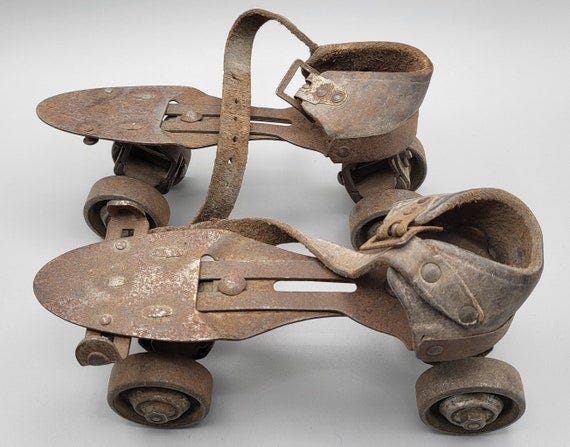
Next is this Dr. Scholl’s Footeazer arch support shoe insert. It has patent dates of July 11, 1905 and February 25, 1908. There would have been a piece of leather attached to the top for comfort and protection for the foot of the user. I believe it was lost or discarded in the 1930’s.
The Whitman Brace was the first patented orthotic, and Dr. Scholl’s followed the same year with their first version, as shown by the patent dates in the photo above. However, the history of the shoe arch support dates back thousands of years, with early examples originating in the Iron Age. The first recorded use of an arch support occurred in 1865, when Everett H. Dunbar of Bridgewater, Massachusetts, inserted leather “lifts” between the insole and the outsole of his shoe, giving extra support to the arch.
Lastly, are these two plumb bobs. The plumb bob has been around since at least the time of ancient Egypt. The “plumb” in plumb bob is derived from the Latin plumbum, meaning “lead,” which was the material once used for the weighted “bob” at the end.
A plumb bob is a weight, usually with a pointed tip on the bottom, suspended from a string, and used as a vertical direction, as a reference line or plumb line. Plumb bobs are used in construction to ensure that surfaces are “plumb,” or vertical. They’re also used in surveying to establish the nadir (opposite of zenith) with respect to gravity of a point in space. These were used prior to the invention of the spirit level (aka bubble level), and as anyone who has been inside my house knows, the builders had neither a plumb bob nor a level!
These are made of brass and have a steel screw in the end, which I believe was removed so that the string could be attached. It was then knotted and pulled up inside so that the bob could swing freely. These two could date from the late 1700’s to the early 1900’s.

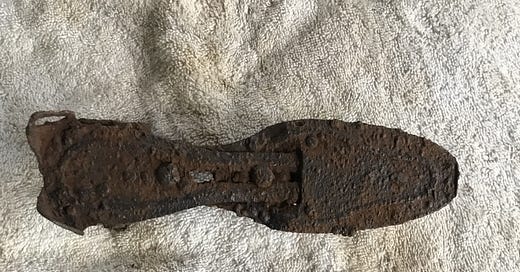



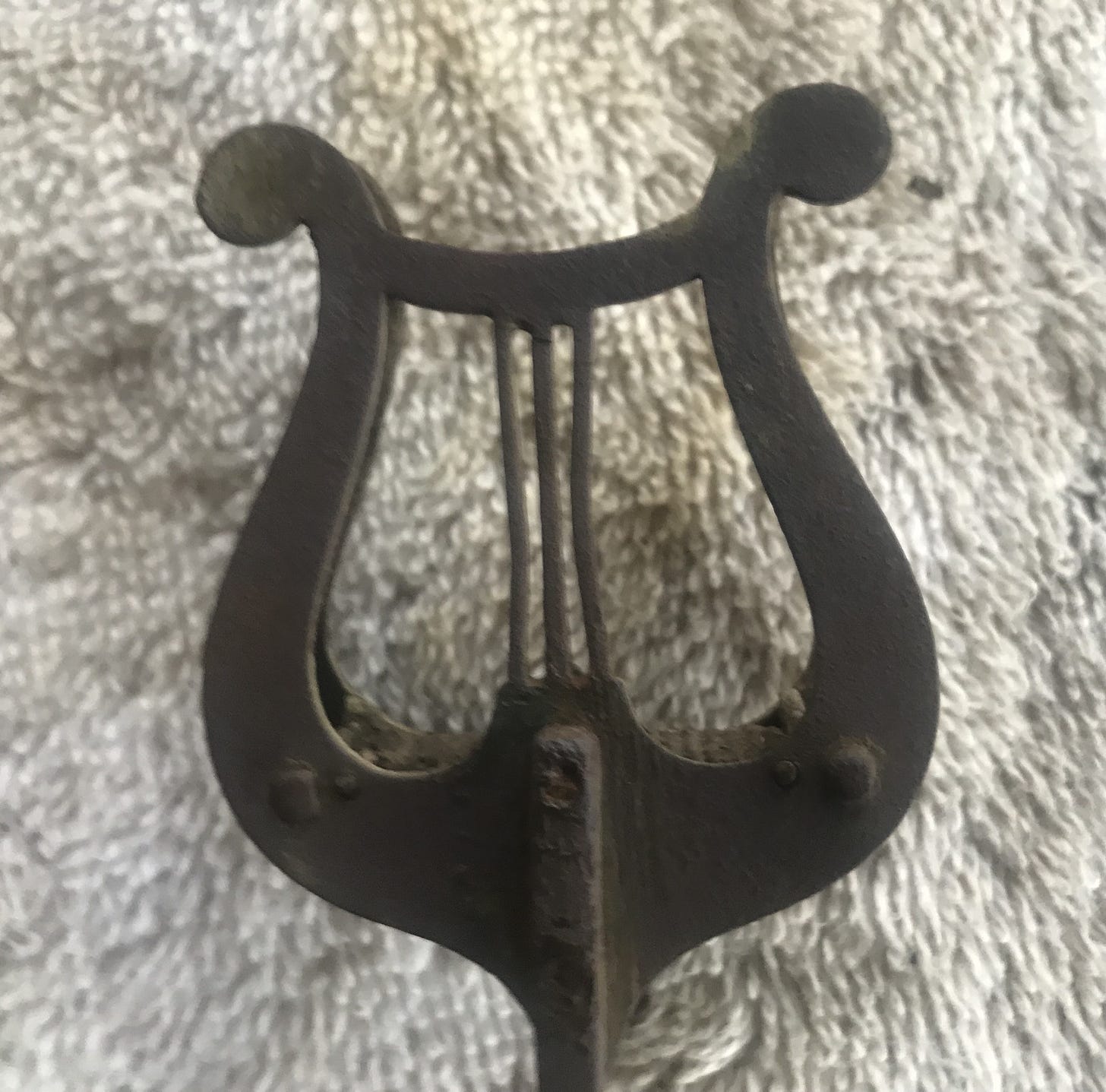
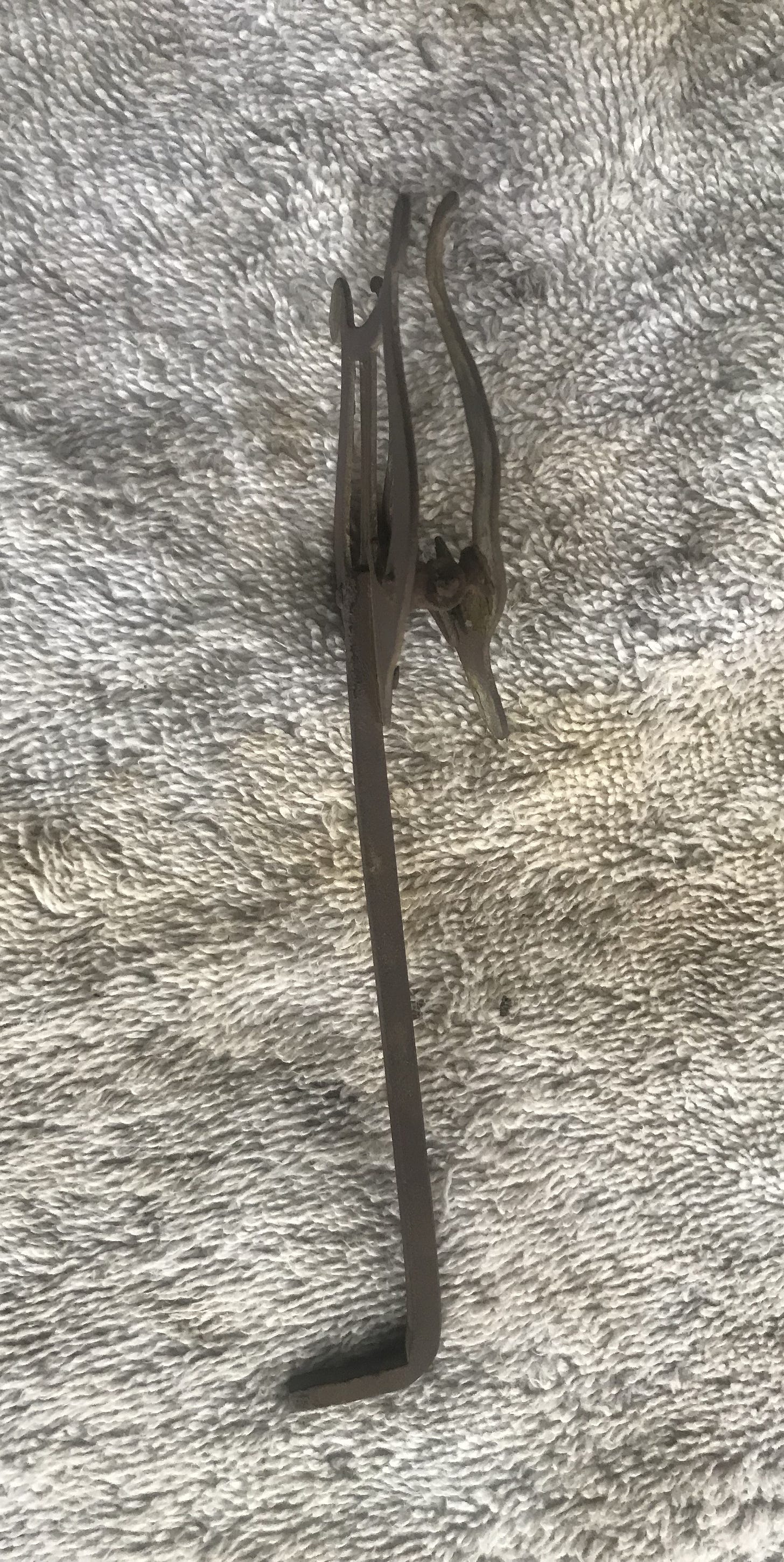
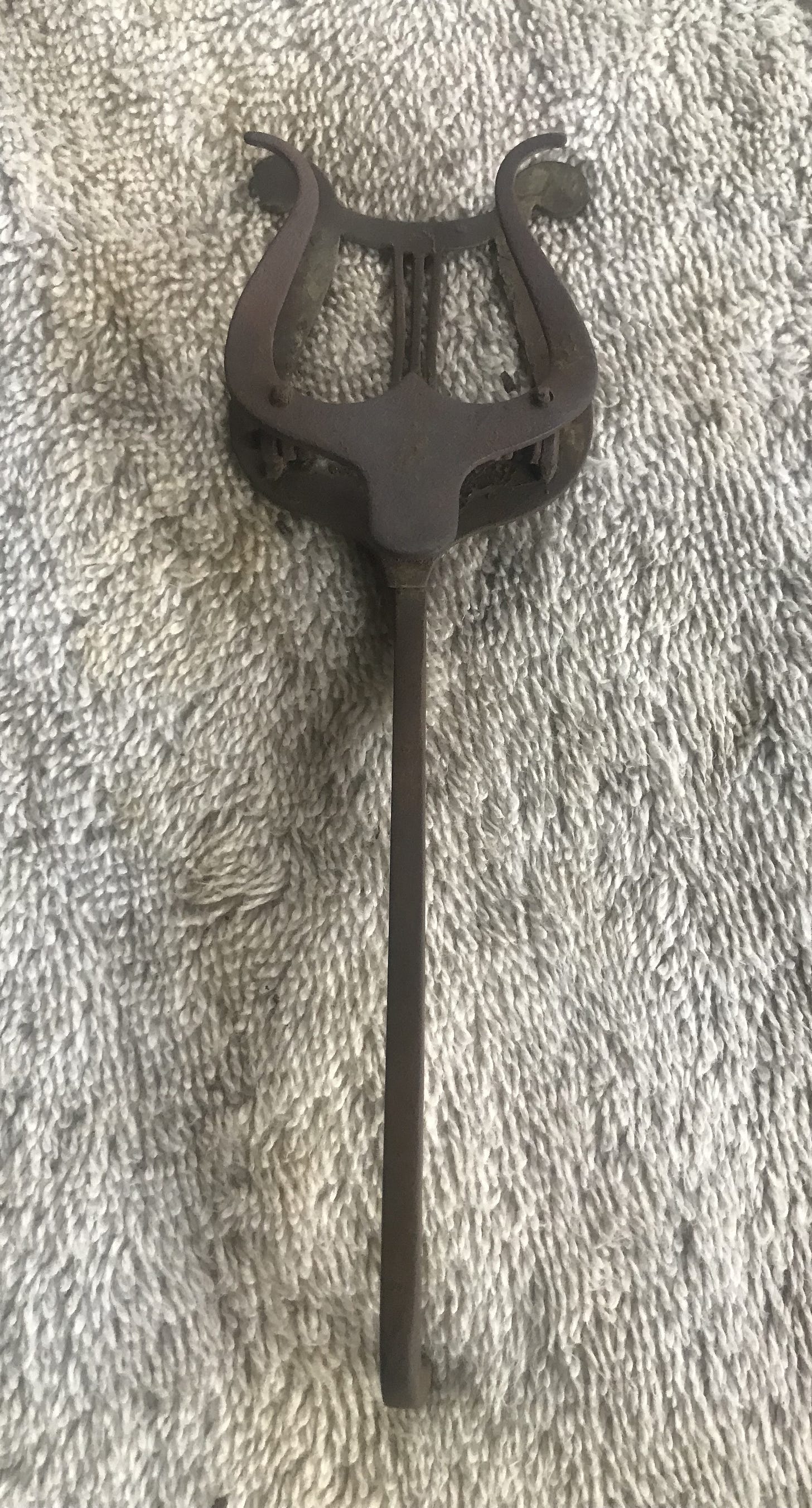
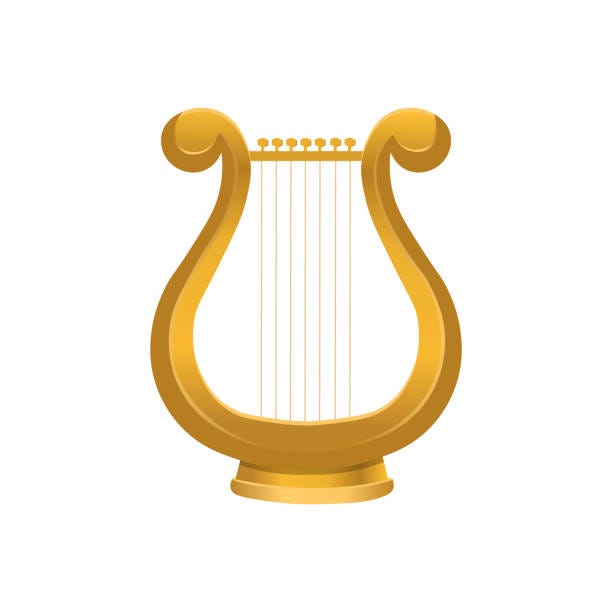
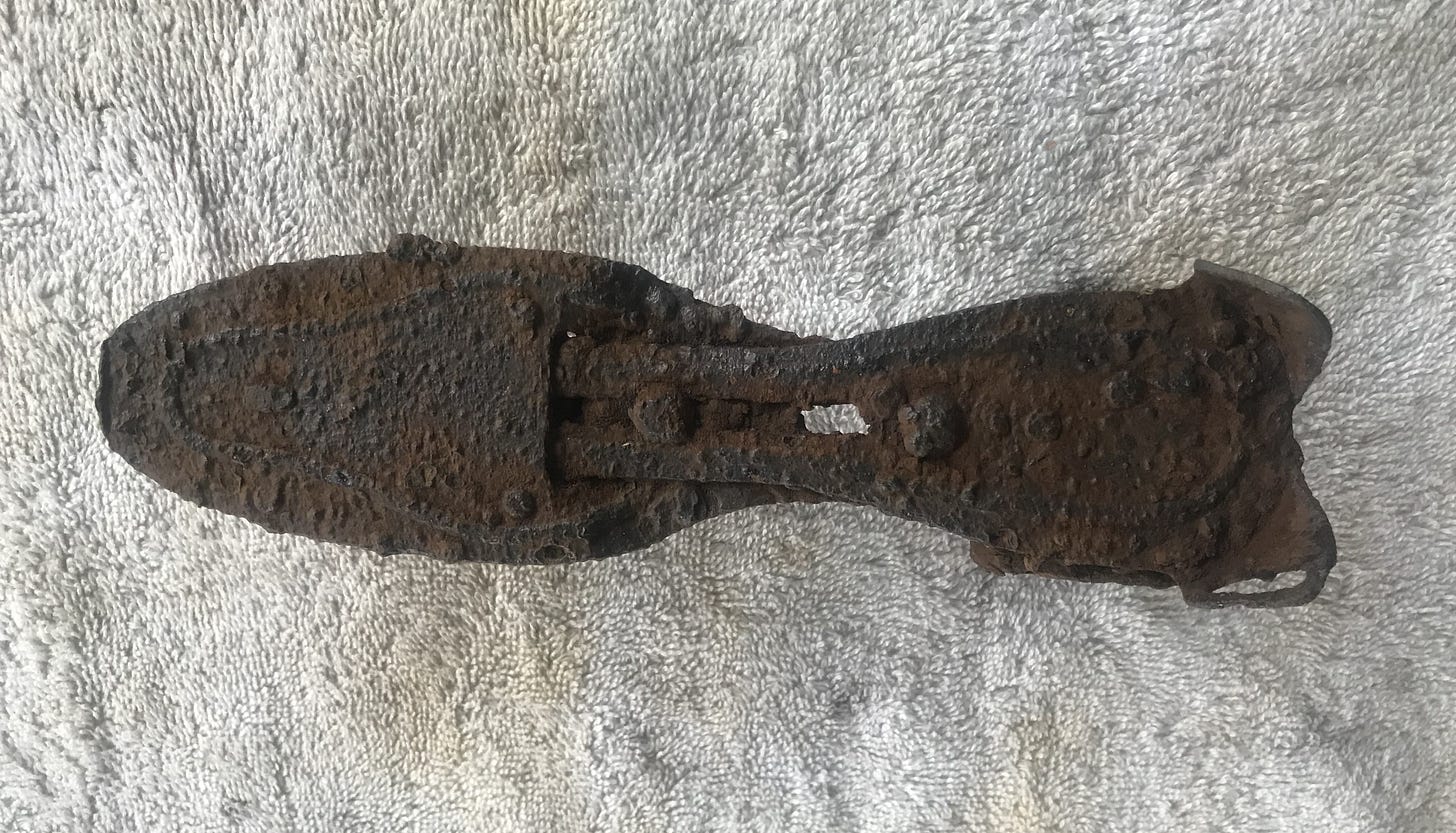
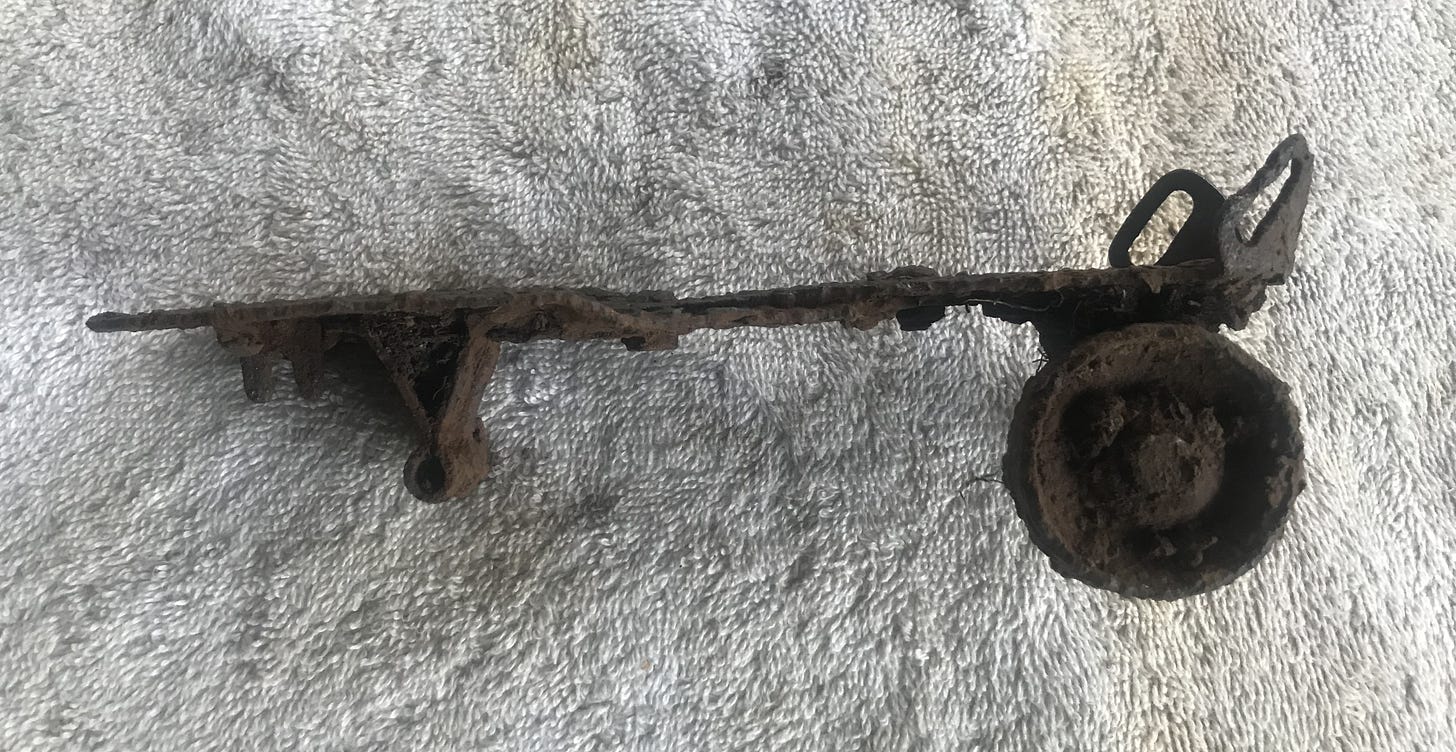
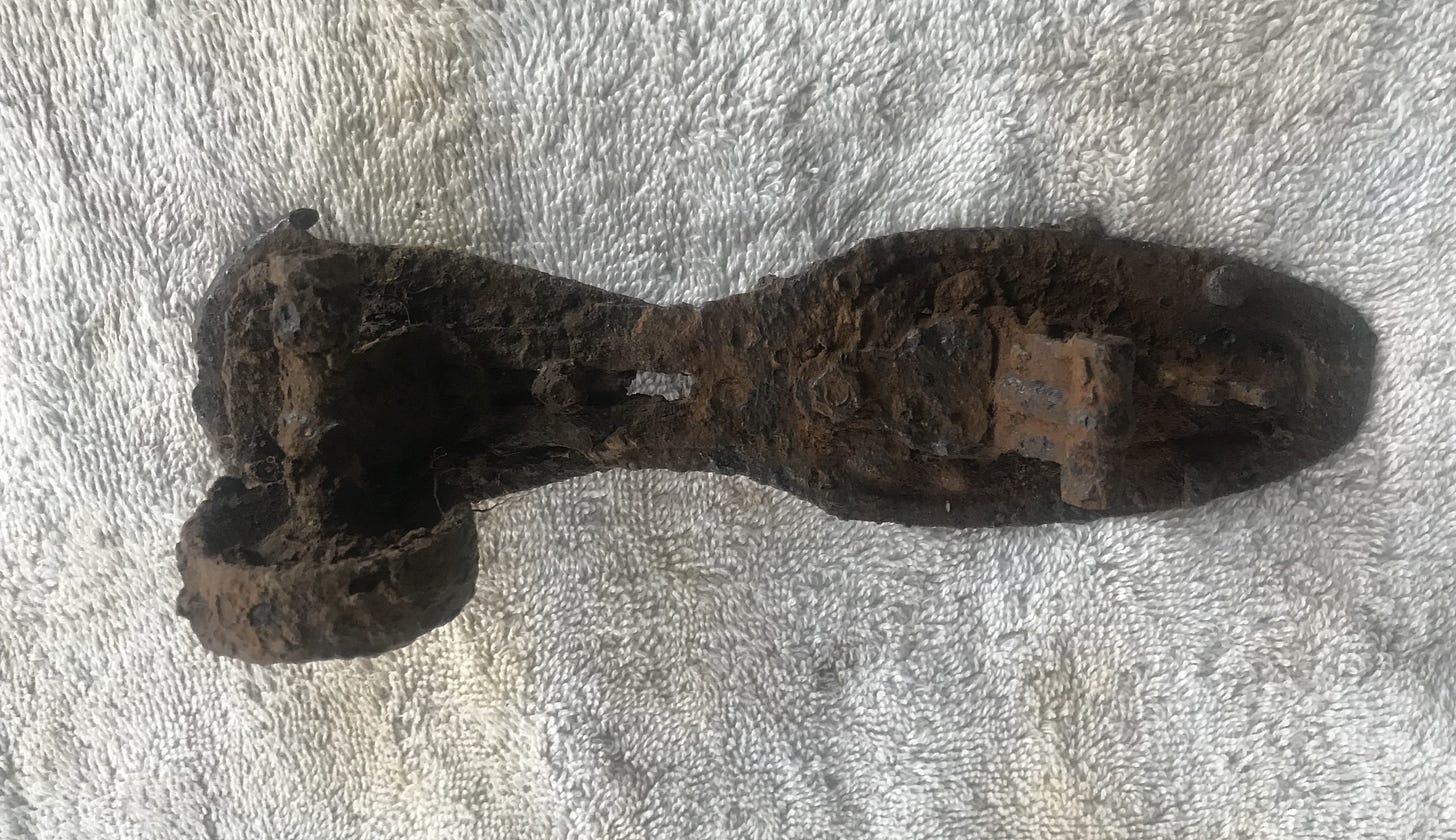
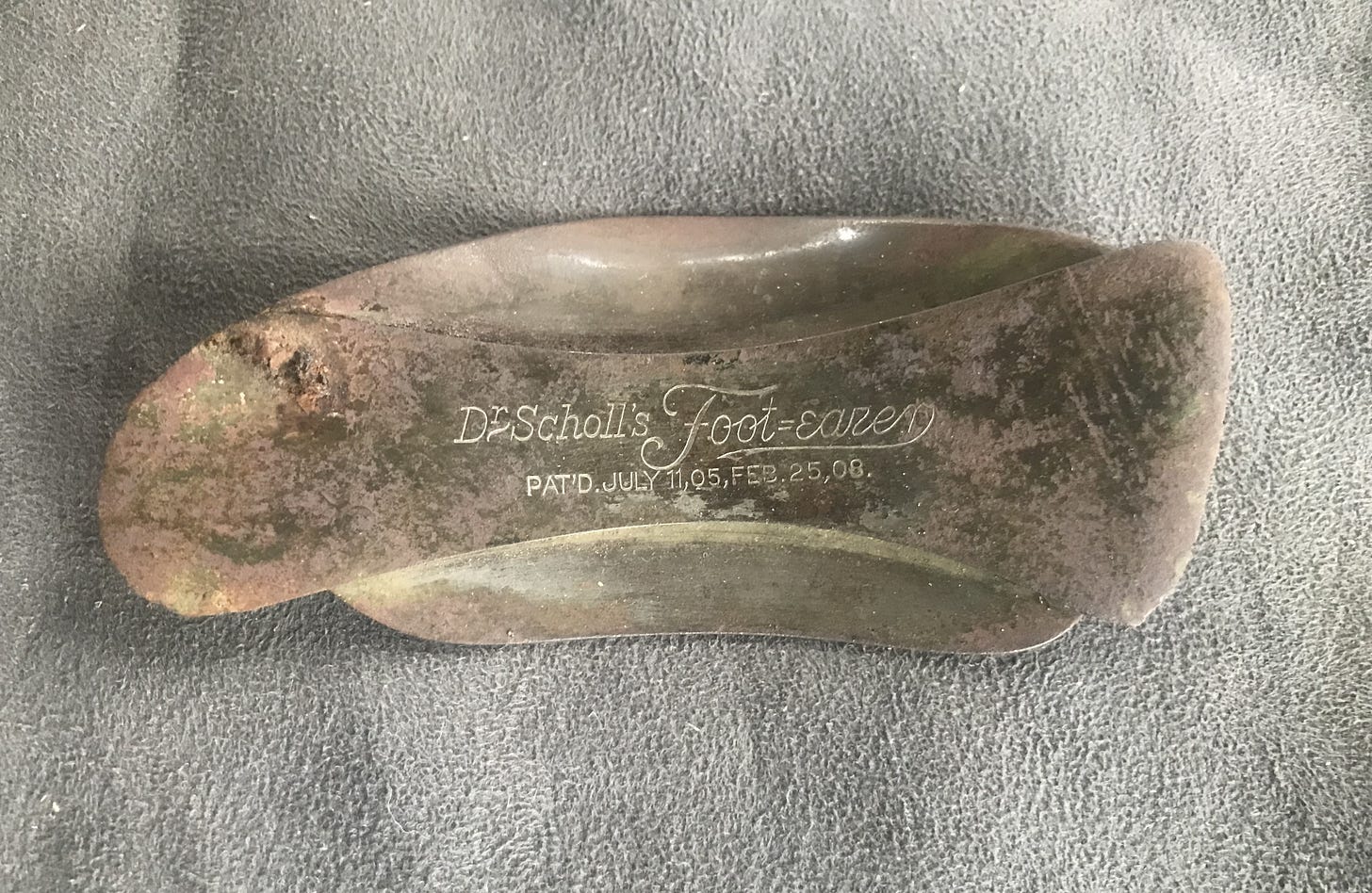
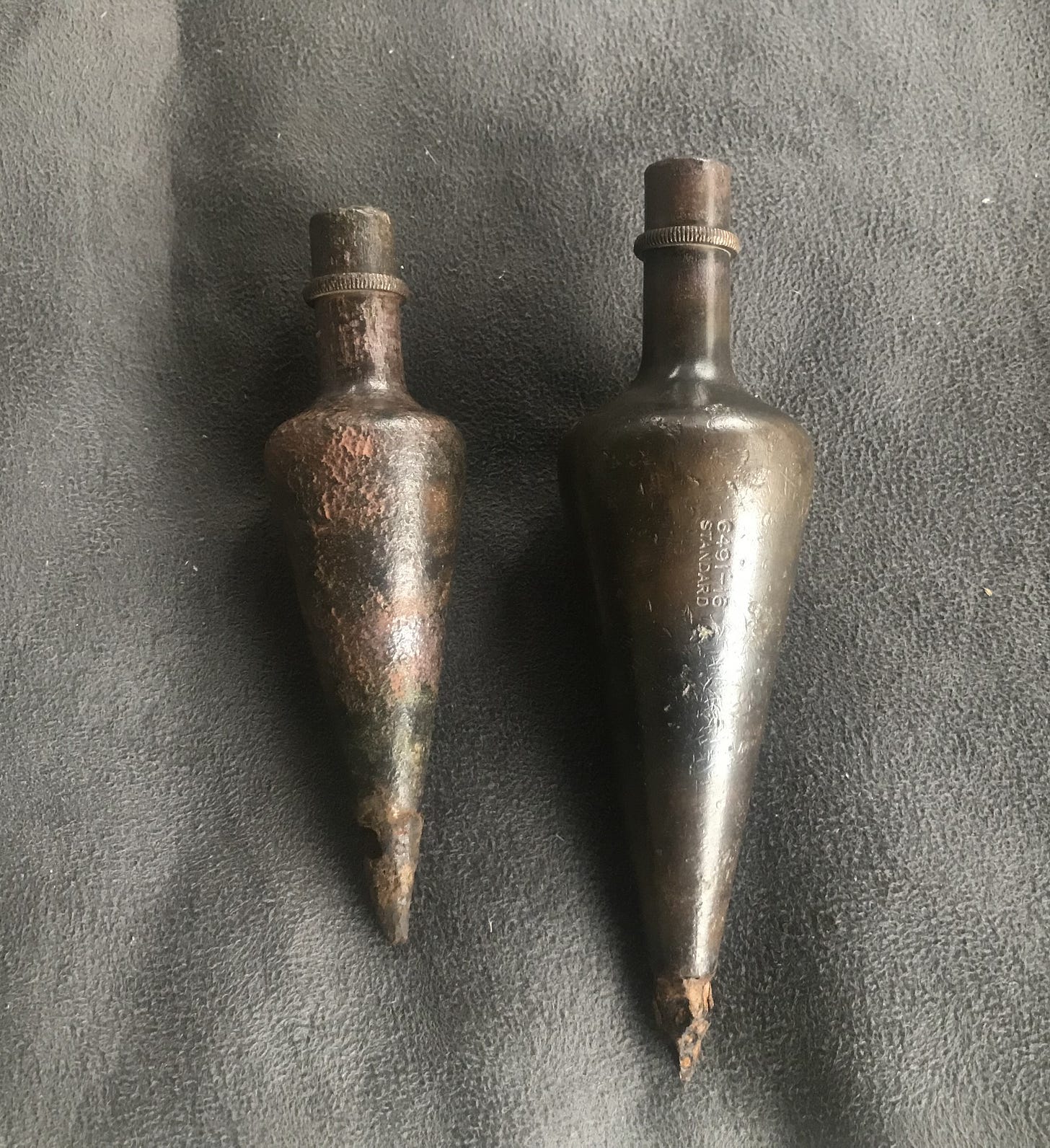
In college, one of my professors had a plumbing line hanging in the middle of the doorway to the classroom. To this day I have no idea why. I used to stare at it during class (it was a very boring class) and wait for it to move, in case there was an earthquake or maybe the room was haunted. I also thought if it ever touched the ground it would explode.
I had an antique sheet music lyre - must still be somewhere in my dad's house. It attaches to the instrument while you play.